
Minimalism in Architecture
 Minimalism in architecture originated well before the 1960s
Minimalism in architecture originated well before the 1960sofficially, the ideas behind minimalism already developed within the modern movement.
Architectural minimalism is, like artistic minimalism, the representation of a reduction of architectural gestures to a minimum.
a reduction aimed at exalting the power of pure geometry and bare surfaces, stripped of all unnecessary decoration and the incredible expressiveness of the light that rests on these surfaces.
This type of architecture seeks to strip itself of all additions in order to serve its ultimate function, which is to be perfect for living. no decoration and no affectation, just the skilful, correct and magnificent play of volumes in the light.

We can affirm that he laid the foundations of what we today effectively call minimalism, we need only think of Ludwig Mies van der Rohe
and the extremely poetic, courtly use he made of volumes but above all of surfaces, using them as a single lexicon of an architecture so essential that it led to these surfaces being asked to perform even more than one function at the same time, from plane to partition to base for the fireplace.
After all, let us not forget that Ludwig Mies van der Rohe
was the promoter of the saying Les is More, promoter and not author because the quotation is wrongly attributed Ludwig Mies van der Rohe, I steal it from a poet who lived in the second half of the 19th century.

In this sentence is encapsulated another very important aspect of minimalism the value.
in fact, minimalism is in no way synonymous with simplicity, quite the opposite, because simplicity is something extremely easy to understand, whereas minimalism is a quest to highlight basic concepts, covering them with extreme, inestimable value.
minimalism is not simply an aesthetic and does not merely define the physical qualities of a building or work of art, but on the contrary its more spiritual part, its naturalistic part and its relationship to the physical and cultural context
the formal external result of all these reflections

Looking at history, and consequently at the history of art, one can see how often this desire for essentiality, in order to escape the exaggerations of context, recurs over the centuries we have already seen it in the post-war period.
what was the response to the baroque, Etienne Luis Boullee the architect of light and shadow, who as a reaction to the richness of the baroque removed all ornamentation from his architecture because for him the only decoration in his designs should have been shadow and the purest shadow generated precisely by the purest things, namely light and geometry.

Pyramids trunks and especially spheres which are the purest solids of all.
remember Newton's famous cenotaph, one of the most incredible pieces of architecture ever built, because Bullee exasperated this concept of minimal purity so much that his works were actually impossible to build, especially with the technologies of the time, and therefore utopias, beautiful magical ideas.

That while not bearing this name, one can actually find a bit of minimalism in every historical era characterised by too much.
One example is the fact that minimalism made an overwhelming comeback in the 1980s, the years of excess in all fields.
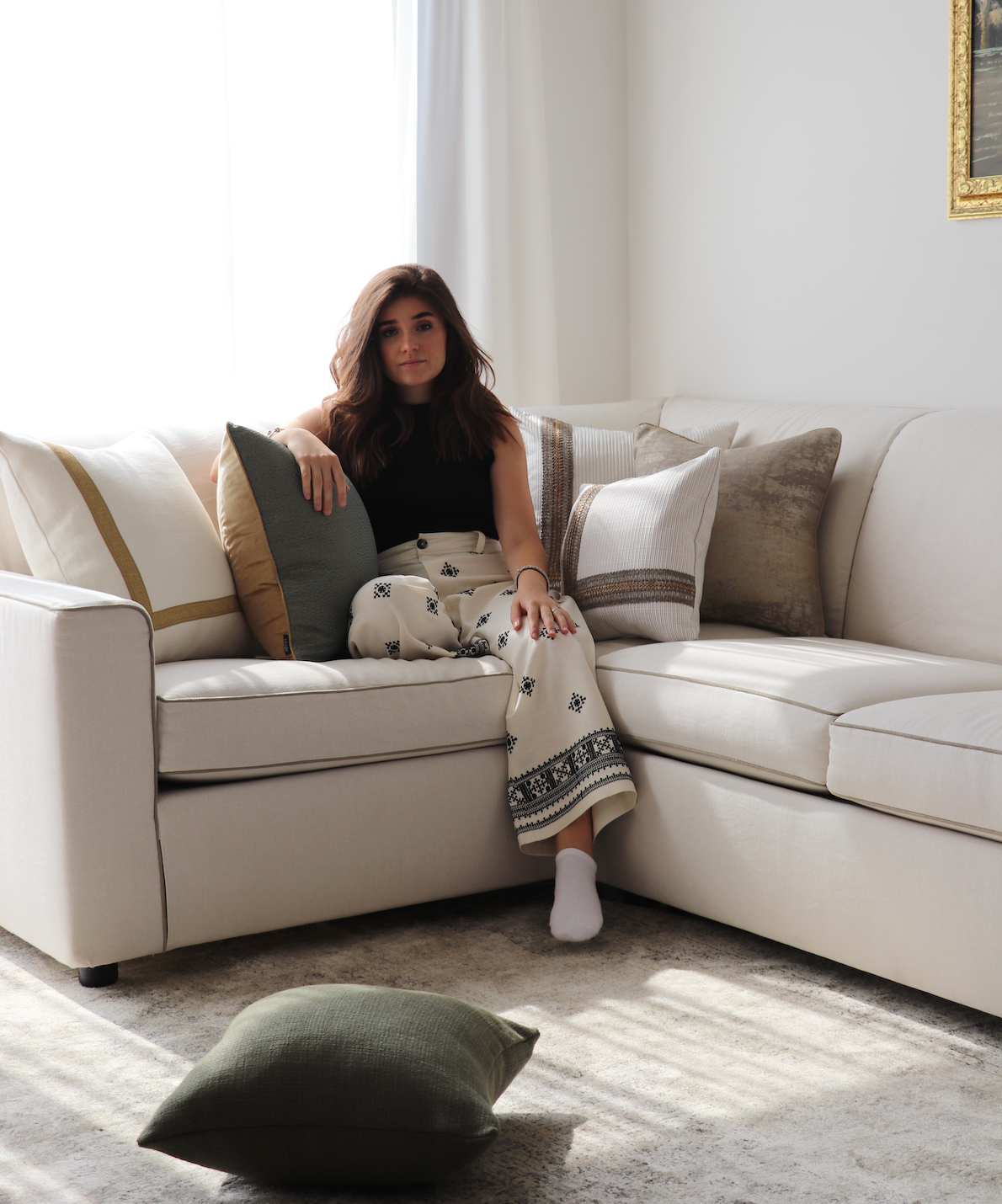
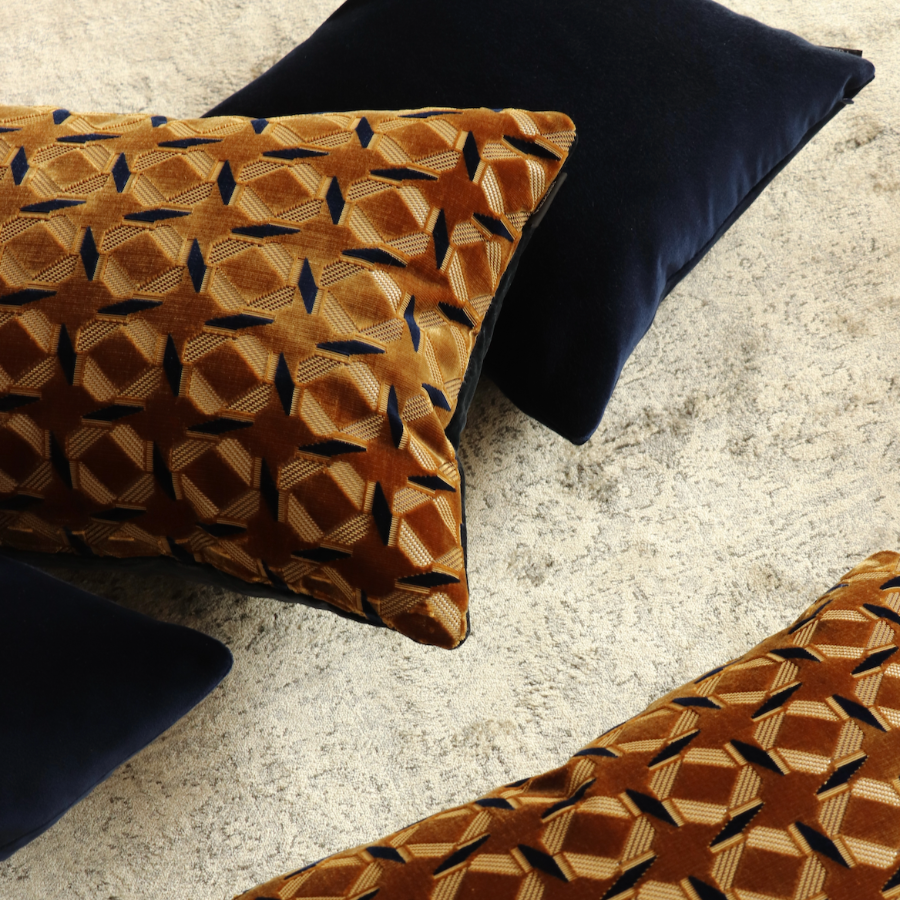
Verschönern Sie die Innenräume
DANK DES ZUBEHÖRS
Es ist möglich, den Innenraum Ihres Hauses ohne Renovierung aufzuwerten. Dies ist dem geschickten Einsatz von Farben, Licht und Accessoires zu verdanken.
Lassen Sie sich von den Isidera Dekokissen-Kollektionen inspirieren
Kollektion in limitierter Auflage
Luke Edward Hall - Rubelli

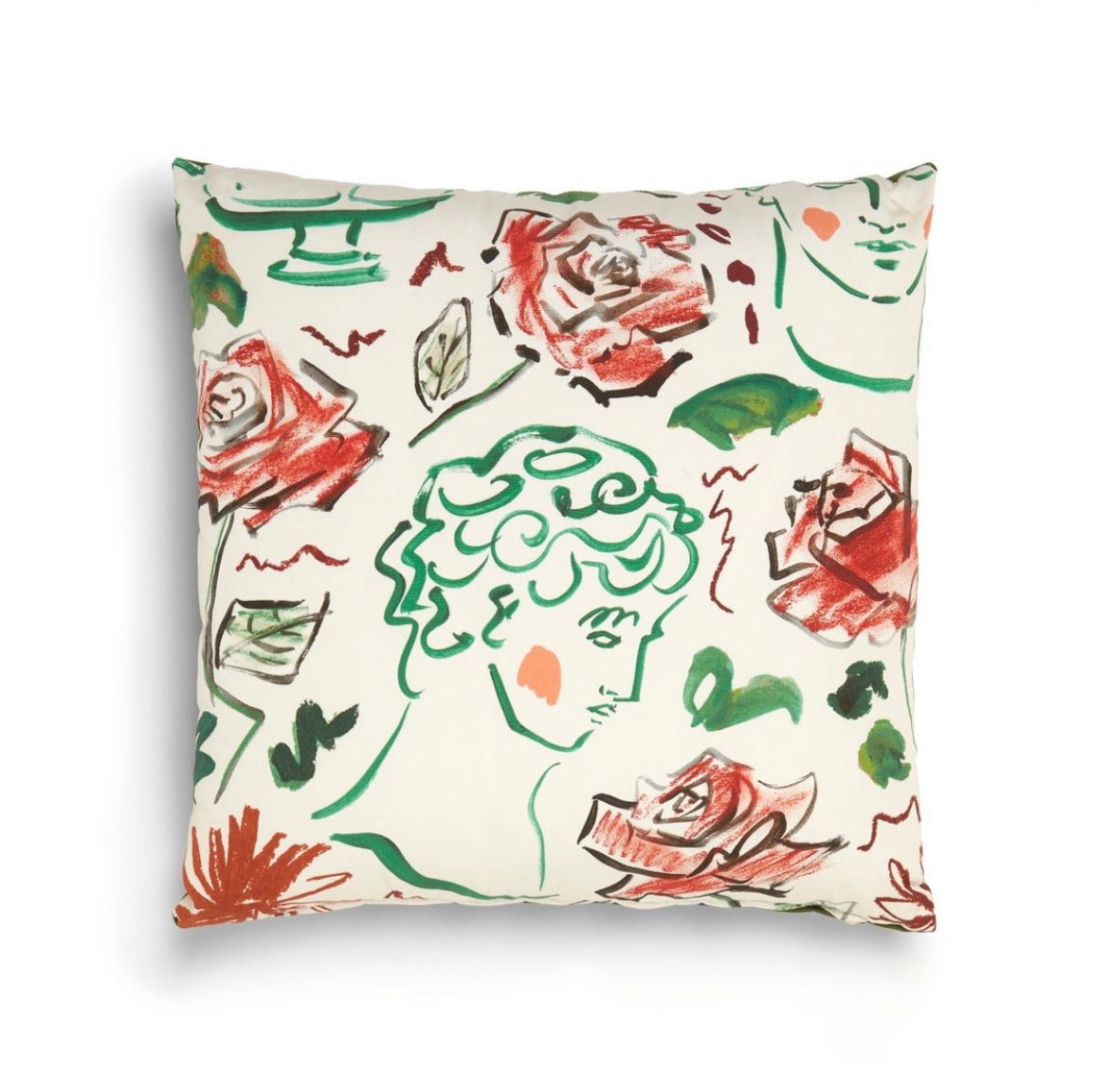
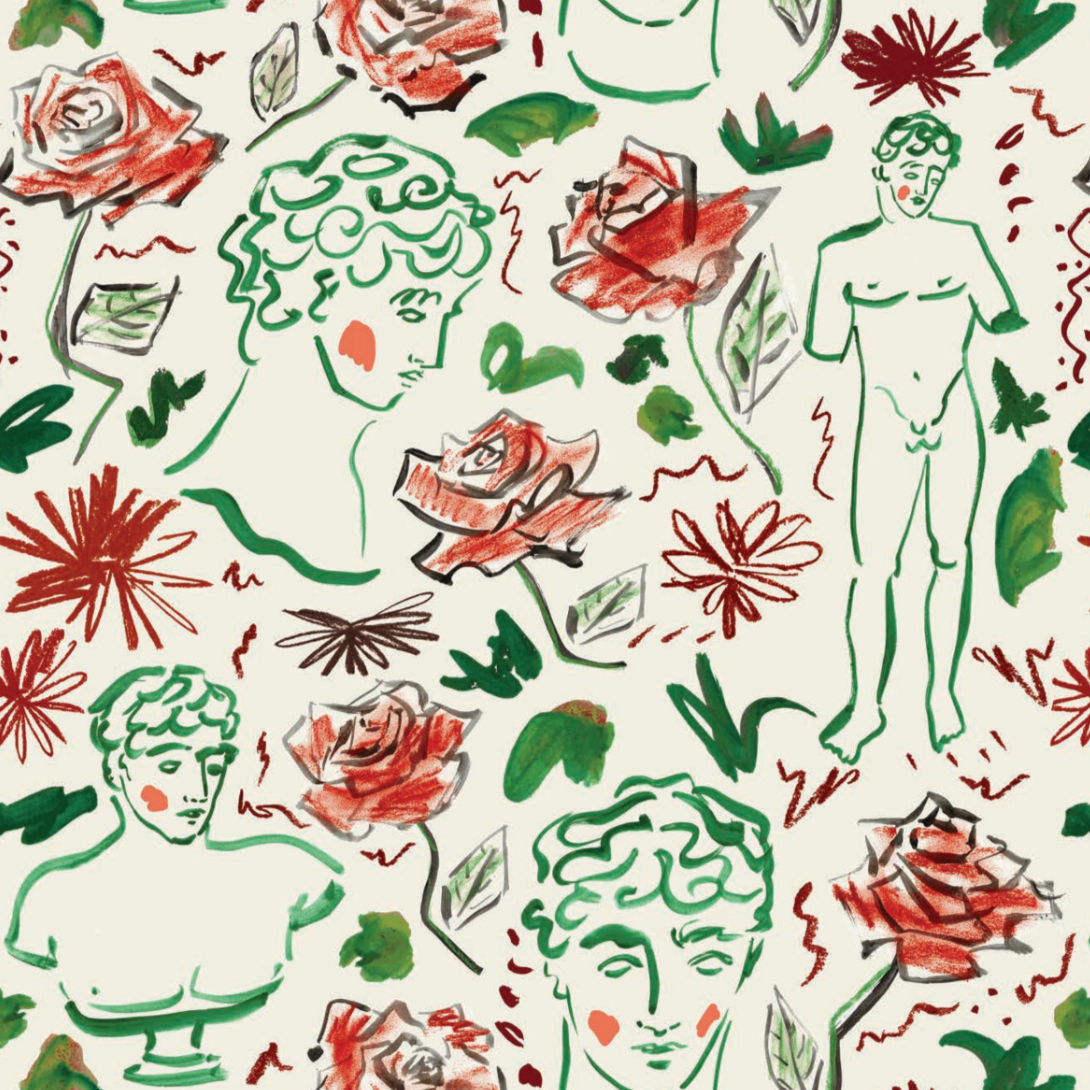
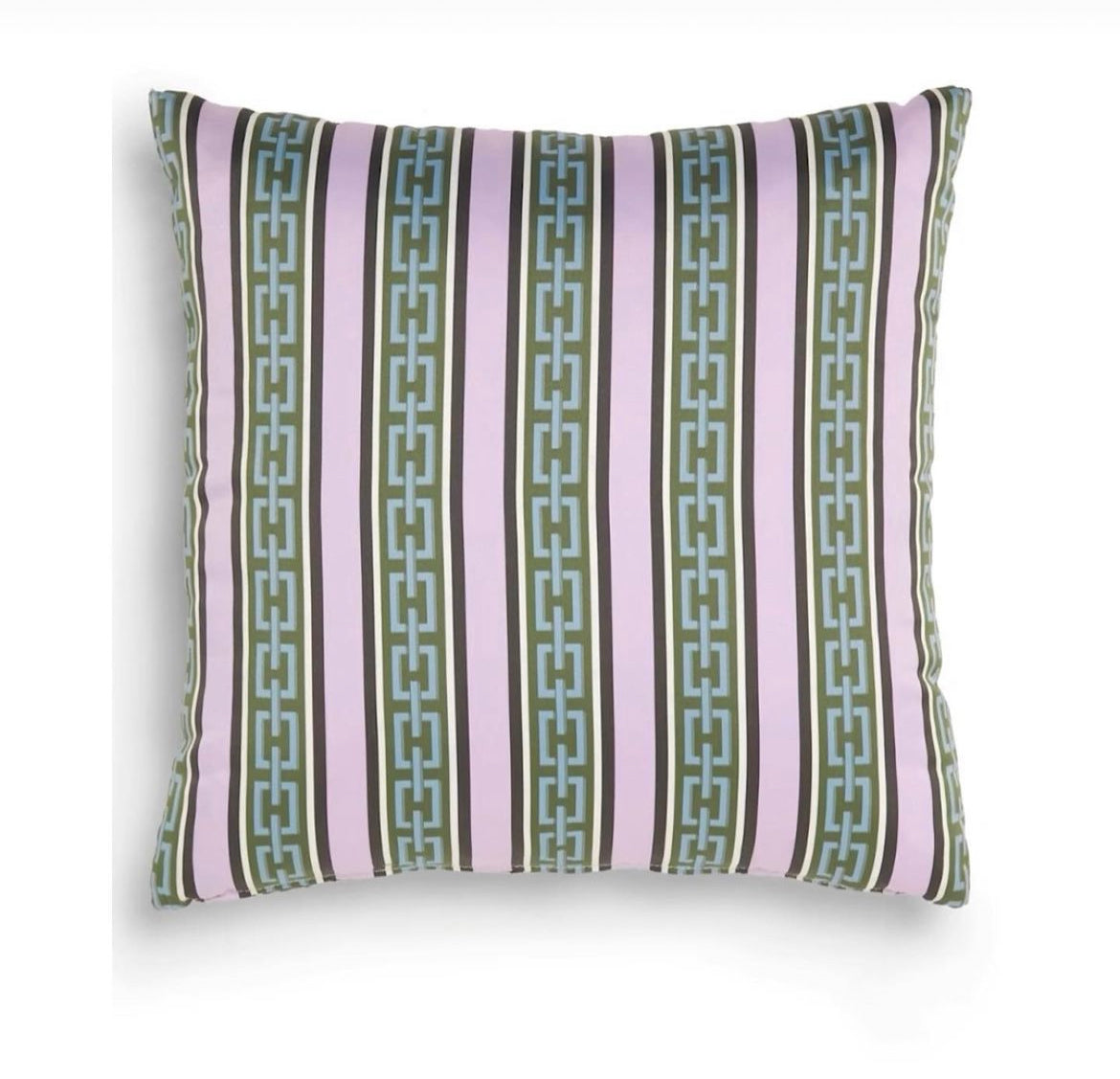
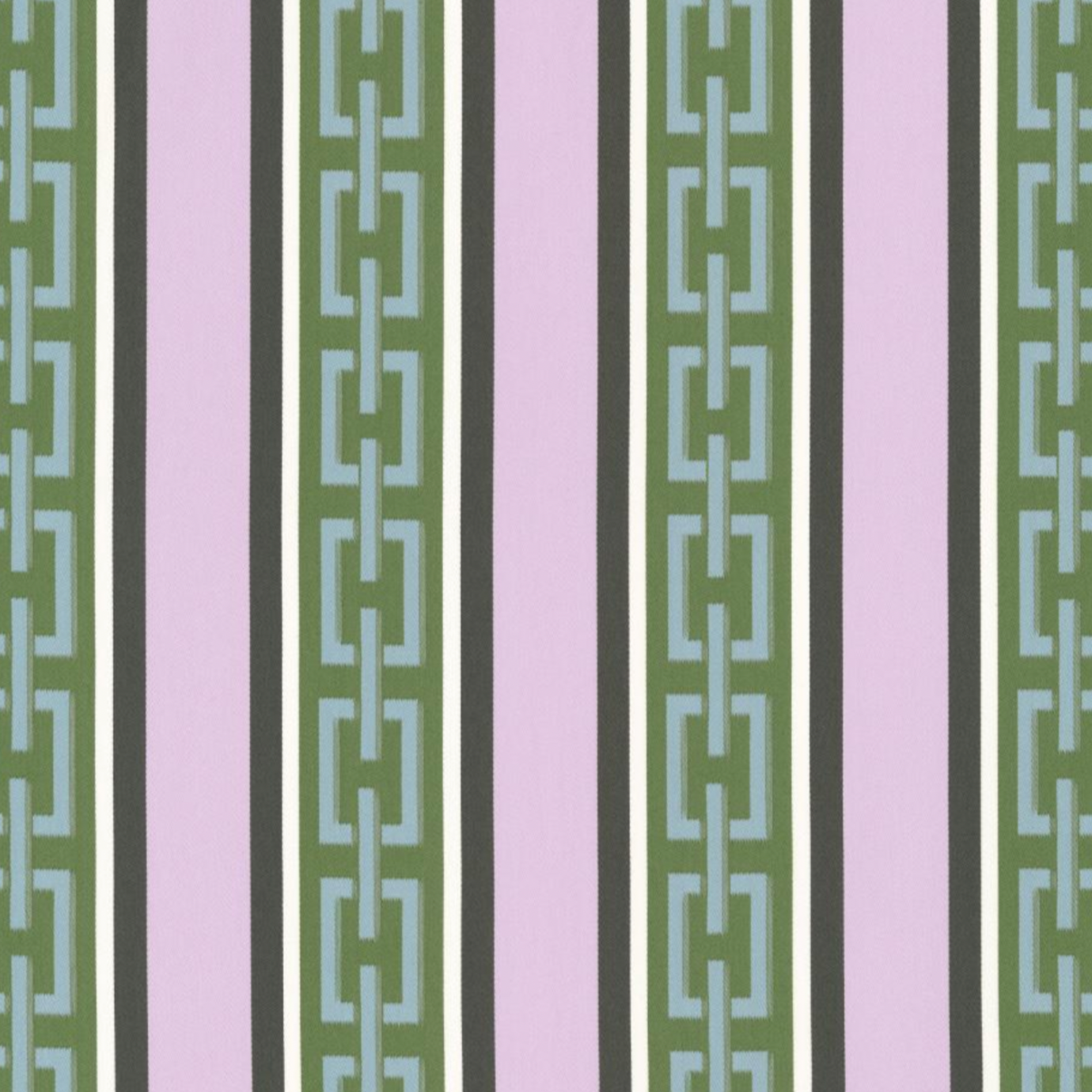
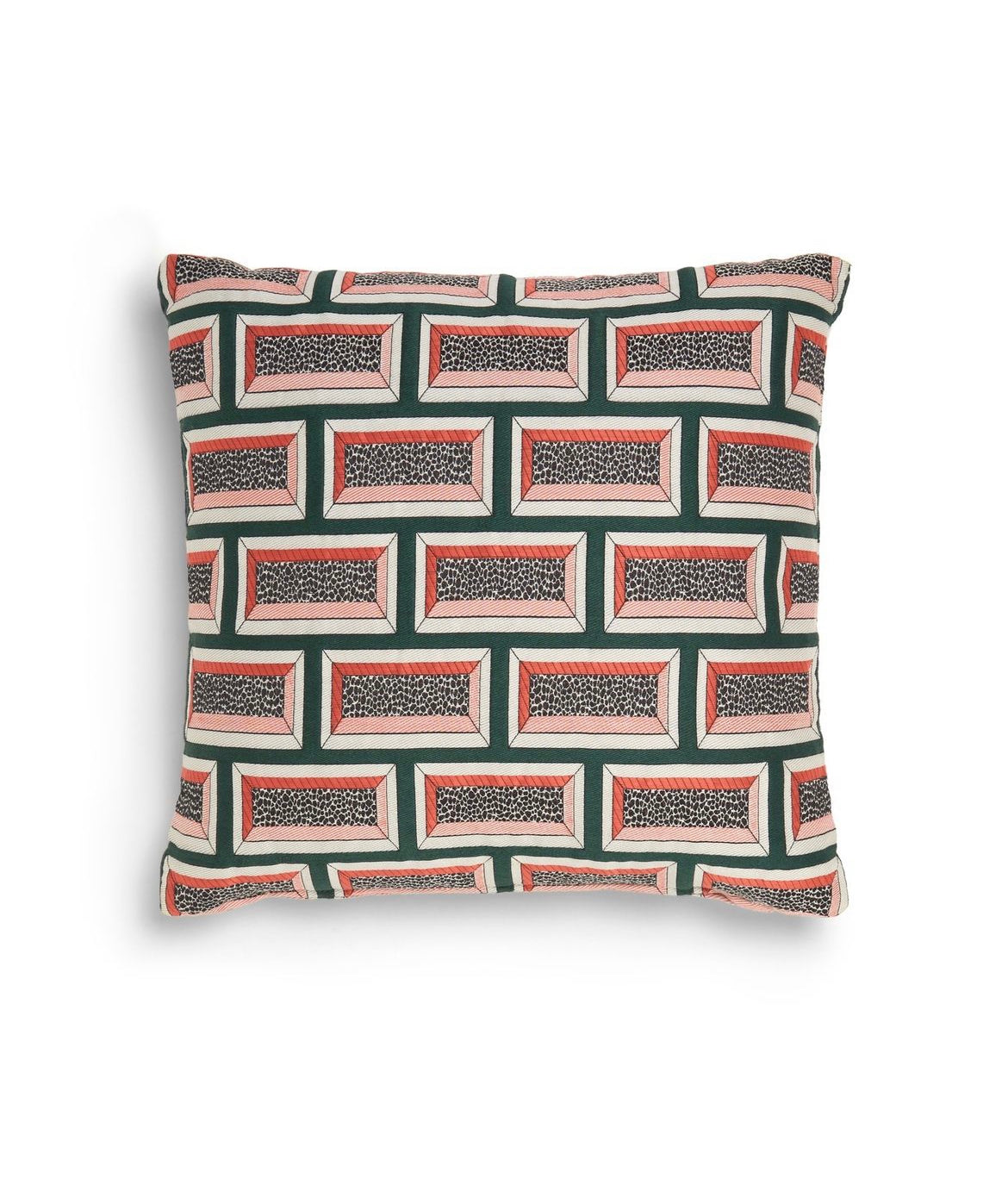
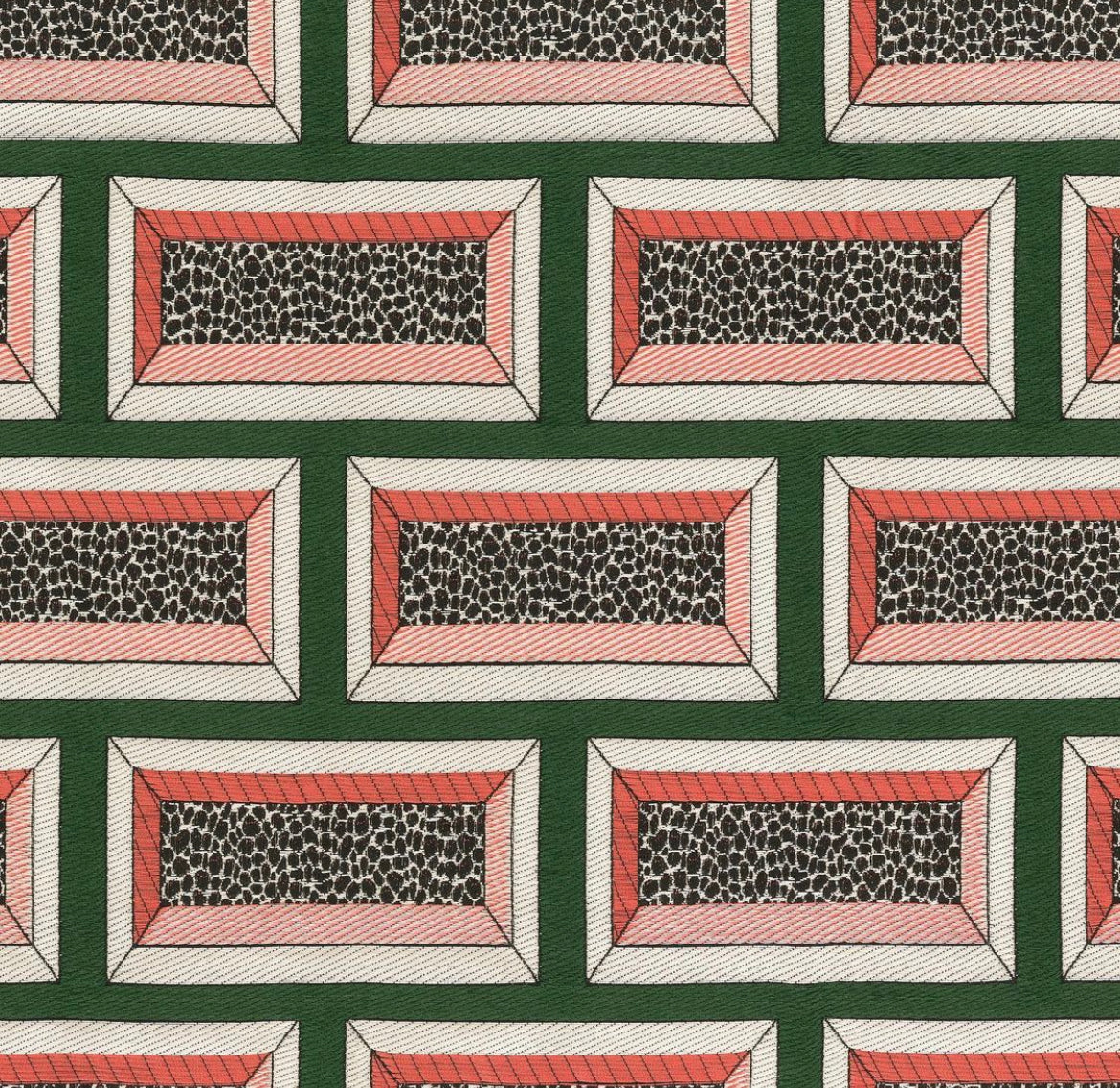
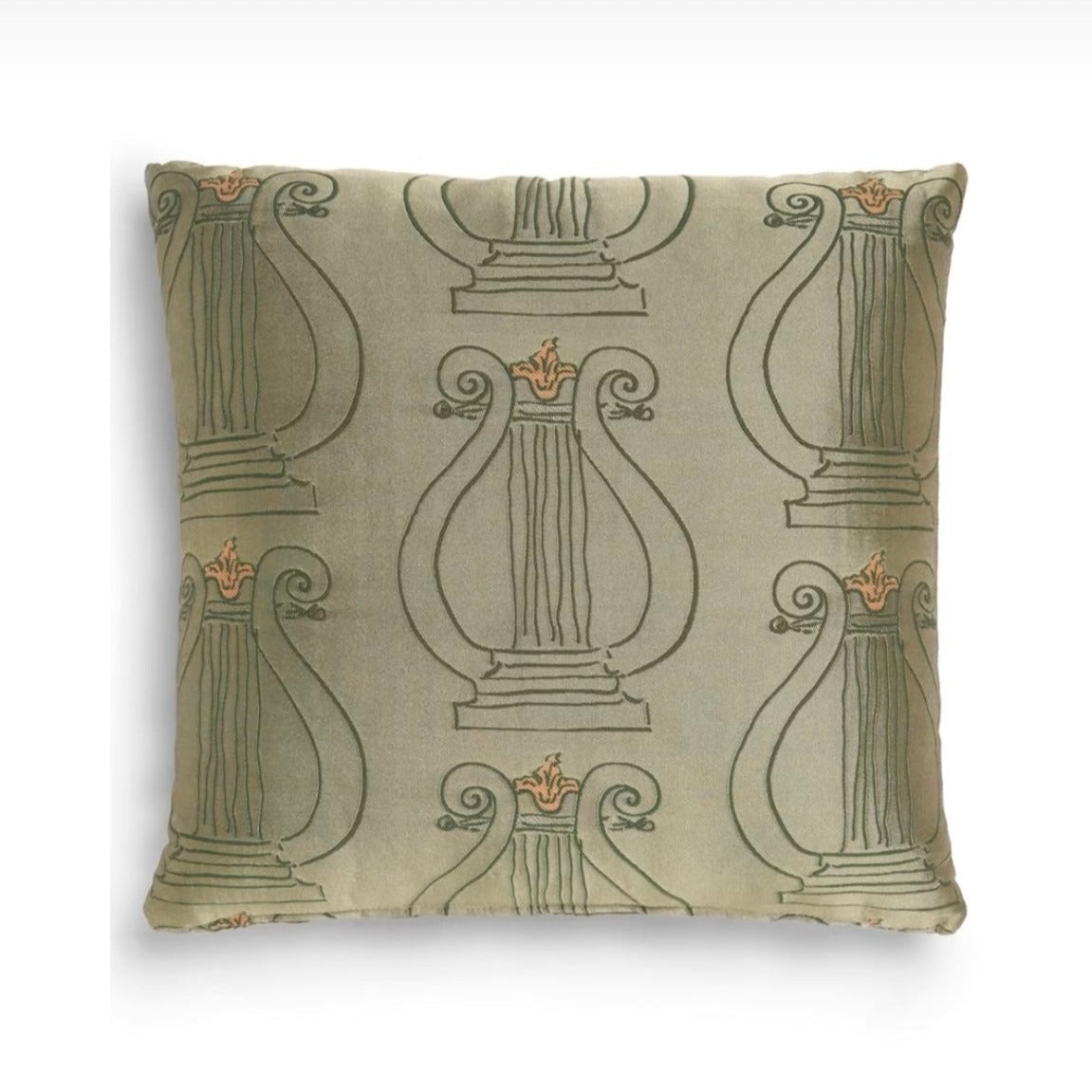
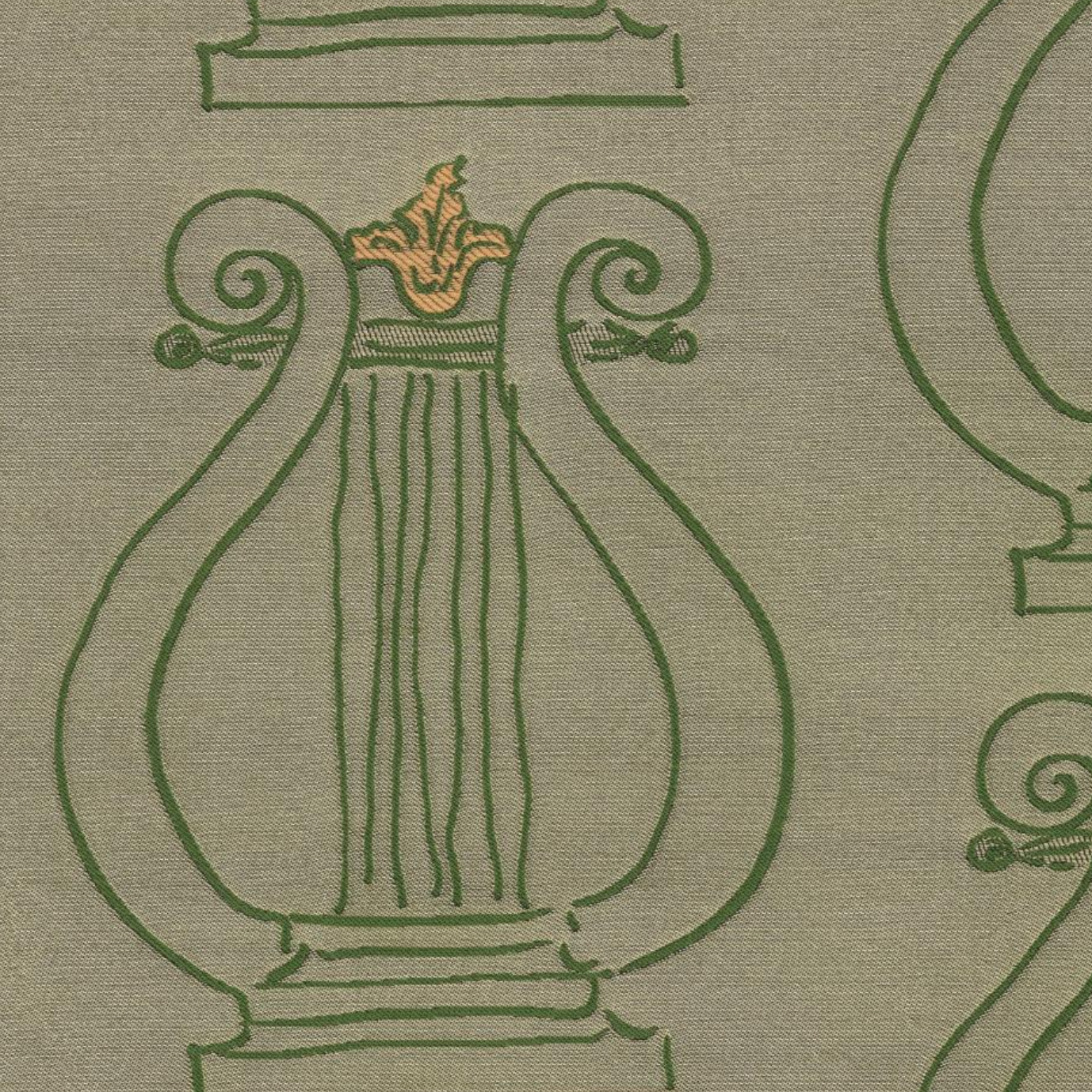
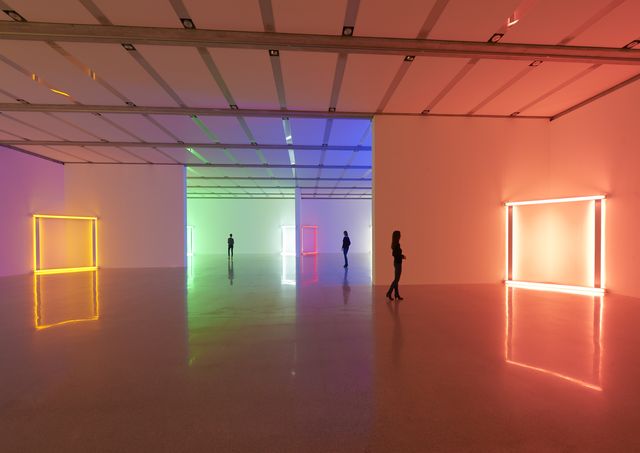
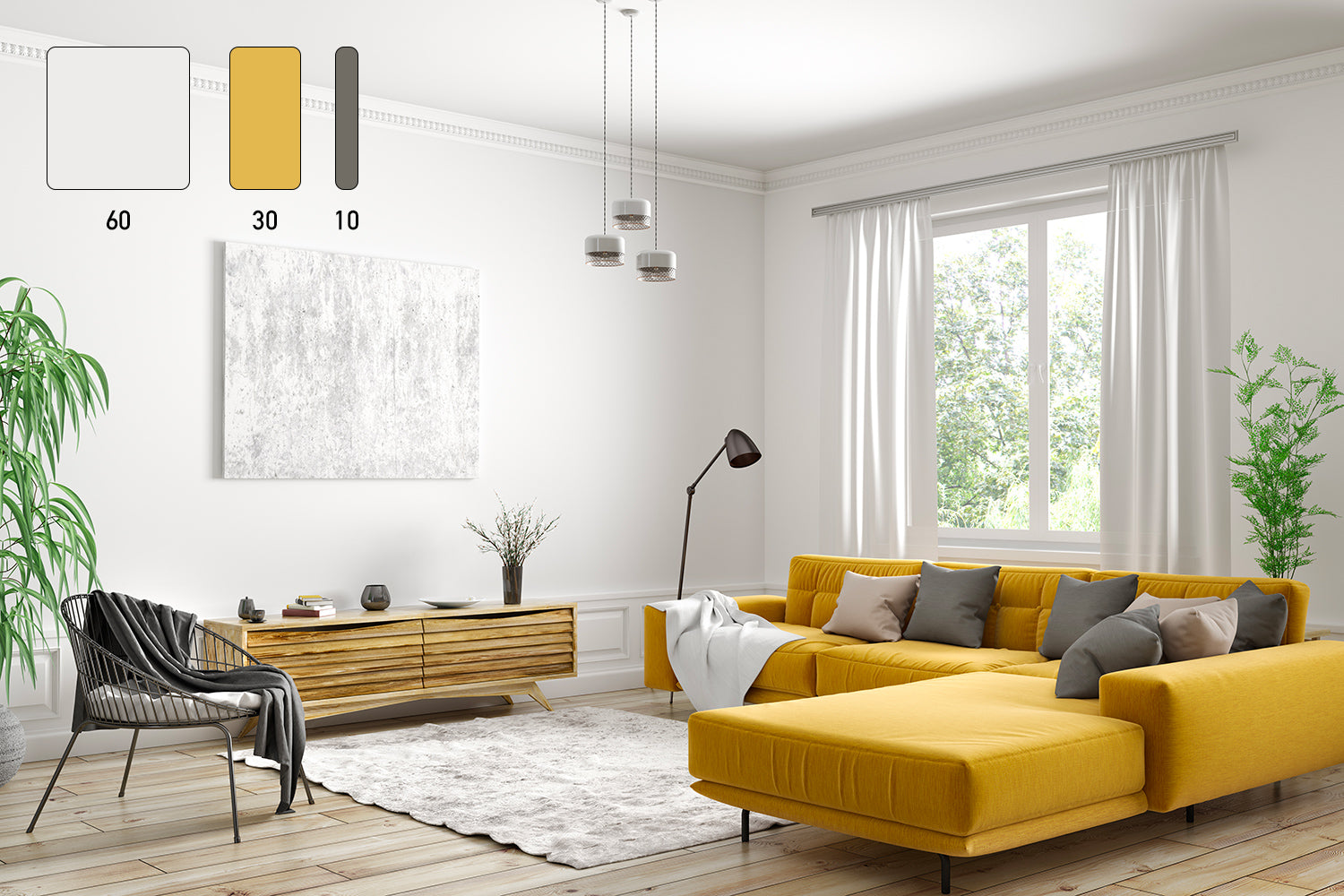
Leave a comment
This site is protected by hCaptcha and the hCaptcha Privacy Policy and Terms of Service apply.